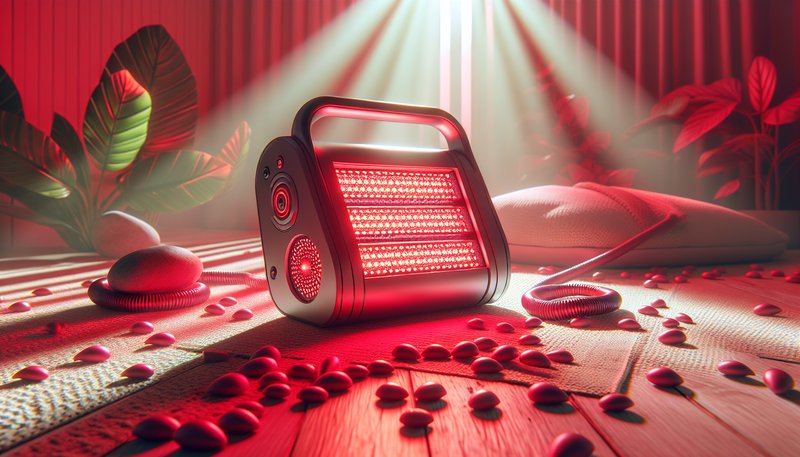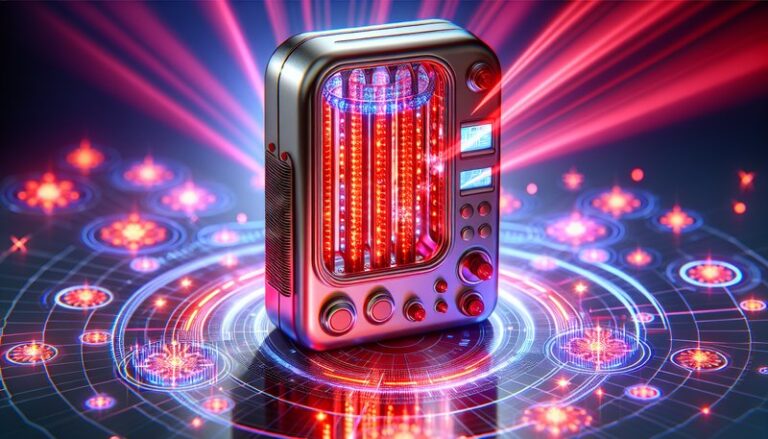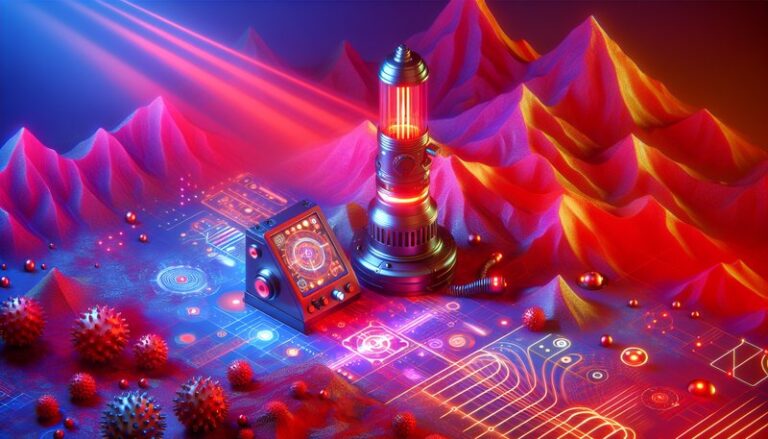How Often Can I Do Red Light Therapy?
Are you curious about how frequently you should engage in red light therapy to maximize its benefits?
In this article, we will explore the optimal frequency for red light therapy treatments, delve into its benefits, considerations to take into account, alternative therapies, and finally, answer some commonly asked questions to clarify your understanding of this innovative therapy.
Key Takeaways
- Regular sessions can enhance the efficacy of red light therapy.
- Frequency may vary based on individual needs and desired outcomes.
- Listening to your body and consulting professionals is essential for safe practice.
What is Red Light Therapy?
Red light therapy (RLT) is a treatment that uses specific wavelengths of light, particularly in the red and near-infrared spectrum, to promote healing and rejuvenation in the body. It is believed to stimulate cellular processes and enhance energy production in cells by boosting adenosine triphosphate (ATP) levels.
Originally developed for medical applications, such as wound healing and reducing inflammation, red light therapy has gained popularity in holistic health and beauty treatments, aiding in pain relief, skin rejuvenation, and muscle recovery.
How it Works
Red light therapy involves the use of devices (such as LEDs or lasers) that emit low levels of red and near-infrared light to penetrate the skin, influencing cellular function and potentially leading to healing and rejuvenation at a cellular level.
Key Applications:
– Wound healing and tissue repair
– Reducing inflammation and pain
– Skin treatments, such as reducing wrinkles and scars
What are the Benefits of Red Light Therapy?
Understanding the benefits of red light therapy can help you determine how often to incorporate it into your routine.
Enhances Skin Health
Many users report significant improvements in skin appearance, improved hydration, and reduced signs of aging. Research has shown that RLT can boost collagen production, resulting in firmer, more youthful skin.
Read the deep dive on Red Light vs. Infrared Therapy?
Reduces Pain and Inflammation
RLT has shown promise in alleviating chronic pain and reducing inflammation. It can help manage conditions such as arthritis, muscle soreness, and joint pain, making it an effective treatment option for athletes and active individuals.
Improves Recovery Time
For athletes and fitness enthusiasts, red light therapy can expedite recovery time from workouts and injuries, helping to decrease muscle fatigue and improve performance.
Supports Mood and Energy Levels
In addition to the physical benefits, red light therapy may have positive effects on mental health. Some users report increased energy levels and enhanced mood, which can be especially beneficial during darker months or for those suffering from seasonal affective disorder (SAD).
Is it Possible to Do Red Light Therapy Every Day?
Yes, many individuals can safely participate in red light therapy sessions daily, but the frequency greatly depends on individual health conditions, the type of device used, and the intended goals of therapy.
What are the Advantages of Daily Sessions?
Daily sessions can lead to quicker results and visible improvements in skin condition, pain relief, and muscle recovery. Consistent use can also help establish a routine that keeps you motivated to maintain your health and wellness goals.
What are the Disadvantages of Daily Sessions?
Overdoing red light therapy can potentially lead to skin sensitivity or irritation. It’s essential to pay attention to your body and consult with a healthcare professional if you have any concerns.
What are the Things to Consider Before Starting Red Light Therapy?
Before you start your red light therapy regimen, consider the following critical factors to ensure safe and effective use.
Skin Type and Sensitivity
Understand your skin type and sensitivity levels. Individuals with certain skin conditions should consult a dermatologist before beginning treatment.
Duration of Sessions
Initially, shorter sessions (around 5-10 minutes) are recommended. Progressively increase duration based on how your body responds, but sessions typically should not exceed 20 minutes without professional guidance.
Type of Device Used
The effectiveness and safety may vary based on the device you choose. Professional-grade options may provide stronger outcomes compared to home-use devices.
What are the Alternatives to Red Light Therapy?
If red light therapy feels unsuitable or if you’re curious about other options, consider these alternatives:
Check out our deep dive Is Red Light Therapy Real?
Infrared Sauna Therapy
Utilizes infrared light to heat the body directly and can improve circulation, reduce tension, and enhance detoxification processes.
Cold Laser Therapy
A non-invasive technique that employs low-level lasers to reduce pain and promote healing similar to red light therapy.
Photobiomodulation Therapy
Involves different light wavelengths, providing a broader range of potential benefits depending on individual conditions.
Conclusion: Is it Recommended to Do Red Light Therapy Daily?
In conclusion, red light therapy can be safely performed daily for many individuals; however, personal needs, health conditions, and device types should guide your regimen. It is vital to listen to your body and adjust as necessary. Regular sessions can yield considerable benefits, but always consult a healthcare professional if you have specific concerns.
Frequently Asked Questions
How long should each red light therapy session last?
Most sessions should last between 5 to 20 minutes, depending on the device and individual sensitivity.
Can red light therapy help with acne?
Yes, many users find that red light therapy can help reduce acne by decreasing inflammation and promoting healing.
Are there any side effects of red light therapy?
Generally, RLT is considered safe with minimal side effects. Some may experience slight redness or sensitivity in treated areas.
Can I use red light therapy for hair loss?
Yes, red light therapy has shown effectiveness in promoting hair growth by stimulating circulation and cellular function in hair follicles.
Is professional or at-home red light therapy more effective?
While professional treatments often use more powerful devices, at-home options can still be effective, especially with consistent use and adherence to guidelines.






